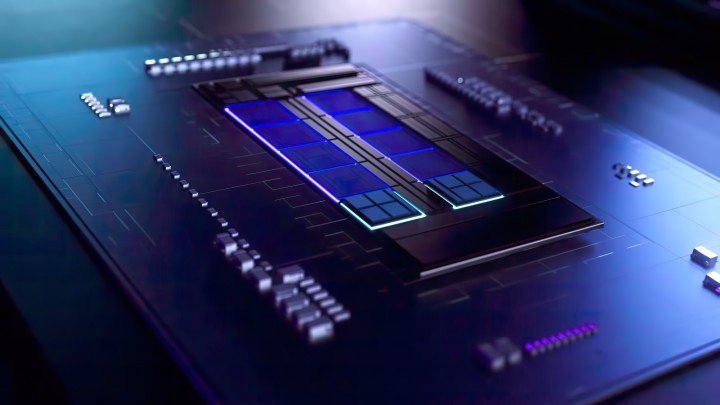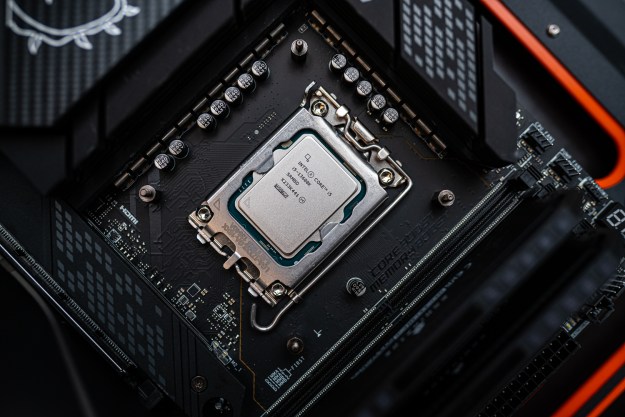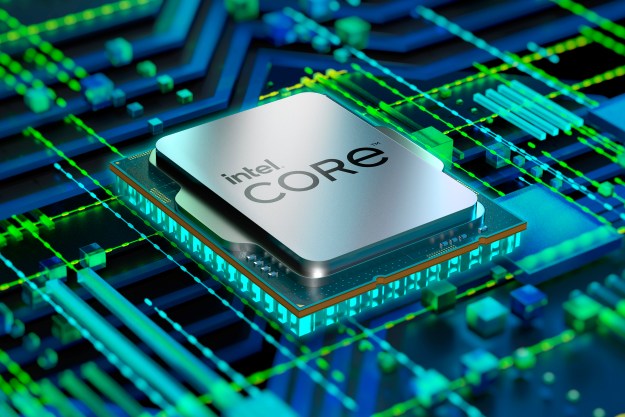The upcoming Intel Raptor Lake processors will support both DDR4 and DDR5 memory, but it seems that the 13th generation of Intel CPUs might finally convince many users to switch to DDR5.
In a new benchmark, the Core i7-13700K was tested with DDR4 and DDR5 RAM. The latter truly made it shine, delivering a huge uplift in multicore performance.

The benchmarked processor is Intel’s next-gen Core i7-13700K, which comes with 16 cores (eight Raptor Cove performance cores and eight Gracemont efficient cores) as well as 30MB of L3 cache. The base clock is rumored to be 3.4GHz with an up to 5.3GHz boost. Although the chip was already spotted in previous benchmarks paired with DDR4 RAM, today’s leak, first found by Benchleaks, shows that DDR5 unlocks its true potential.
In the tests, the Core i7-13700K was paired with an ASRock Z690 Steel Legend Wi-Fi 6E motherboard for the DDR4 option, while the DDR5 system had the D5 version of that same motherboard. The only difference between the two boards lies in their memory slots. The tester used DDR4-3200 memory for the DDR4 test and DDR5-5200 for the DDR5 benchmark, which is the native memory supported by Raptor Lake. Both systems were running a total of 32GB RAM, meaning two sticks of 16GB each. However, the benchmark doesn’t reveal the timings or the exact model of
Now, let’s take a look at the scores each system was able to achieve. The DDR4 platform managed to hit 2,090 points in single-core and 16,542 in the multicore test. The DDR5 system reveals a tiny decrease in the single-core result (down to 2,069), but that’s within the margin of error. In multicore, the DDR5 platform managed to hit a 20% performance increase with a 19,811 score. This benchmark was first reported by Tom’s Hardware.
A similar benchmark was recently unearthed by VideoCardz, this time featuring an engineering sample of the mid-range Core i5-13600K. This time, the system was still proven to be faster when paired with DDR5 RAM, but the performance boost was limited to just 11%. Even then, these improvements, as well as future-proofing your computer through the use of a DDR5 motherboard, might be enough to make many customers consider trying out DDR5.
Intel introduced support for DDR5 memory with its current-gen Alder Lake platform, but so far, the adoption has been slow. DDR5 RAM is still overpriced, although costs have been slowly improving. As the technology becomes more widespread, the prices should continue to normalize.
AMD’s next-gen Ryzen 7000 processors will not offer DDR4 support at all, which means that Team Red enthusiasts will need to splurge on some of the best DDR5 RAM instead of sticking to DDR4. Both Intel Alder Lake and Intel Raptor Lake let you choose between DDR4 and DDR5, but clearly, using DDR5 might be a good way to make the most of your new CPU.
Intel Raptor Lake is reported to launch soon, with a rumored October release date, alongside a slew of other next-gen releases from AMD and Nvidia.
Editors' Recommendations
- DDR5 vs. DDR4 RAM: Is DDR5 worth it?
- Intel’s 14th-gen Raptor Lake refresh might be a major disappointment
- Yet another disappointment about Intel’s next chips may be true
- At long last, Intel brings XeSS upscaling to integrated graphics at CES 2023
- Intel’s 24-core laptop CPU might outclass desktop i9 processors



